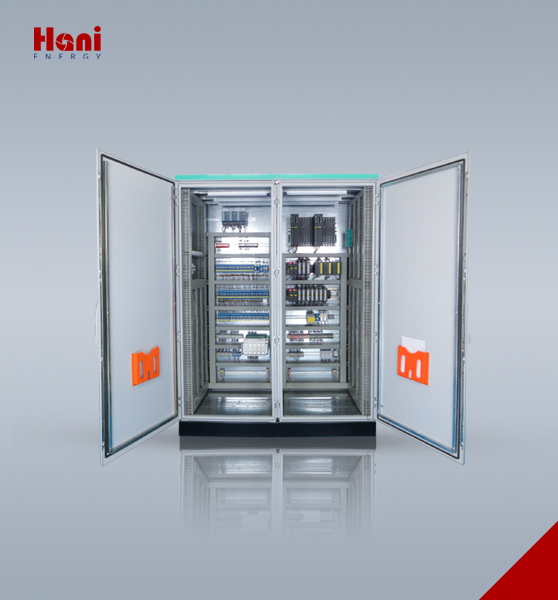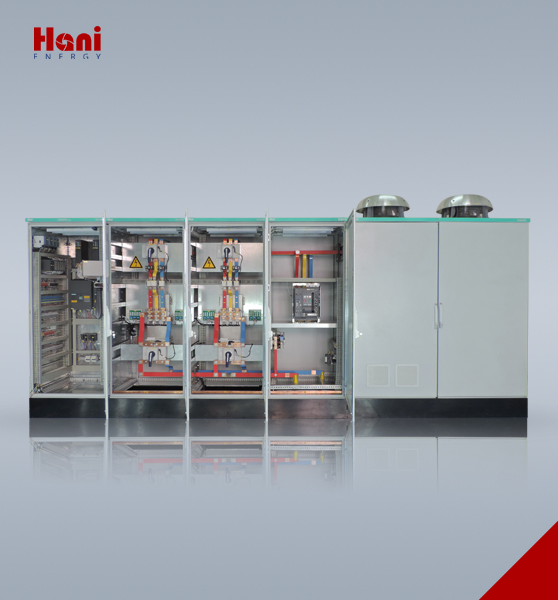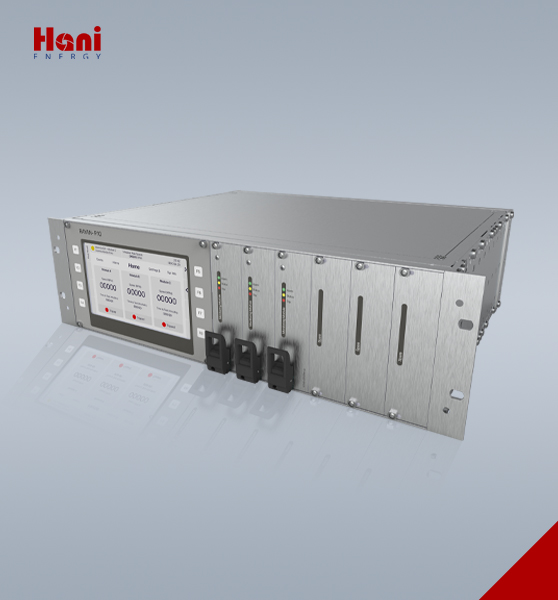
HANI
Gas turbine control unit
After years of studying the DCS control systems of gas turbines and by reviewing and modelling the General Electric 5001 and 5002 control and protection systems and optimizing them, the company was able to develop its comprehensive control and protection system called G-tech (stands for “Gas turbine control technology”) in November 2011. G-tech is compatible with many types of turbines such as Hitachi, BBC, Siemens, etc.
The G-tech includes comprehensive turbine control and protection system, which was first planned for gas units and specially designed for GE turbines 5001 and 5002, and then has been adapted and optimized for using in other kinds of turbines (Hitachi, BBC, Siemens, etc.). These products can be extended to other gas turbines, regardless of their applications as turbo generator, turbo-compressor and turbo-pump. This comprehensive technology has been developed by studying different types of turbines and adapting the initial designs for a wide range of customers with different turbine types and a variety of applications.
HANI
Generator excitation Systems
Hani Energy Company has nearly two decades of experience in development of various types of electronic cards, excitation system components and cards. We have recently developed a complete excitation control and protection systems for generators. The design and implementation of all power electronic parts and control parts of the system and its implementation as a DCS system are parts of our technical capabilities in this field.


HANI
Over Speed protection system
The RAYAN-P10 Overspeed Protection Device is a product developed by HANI Energy Co. It is intended to be used for the Overspeed protection of rotating machines.
The system is designed for the highest safety requirements up to SIL3. It reads the frequency of input sensors by 3 independent Monitoring modules and trips two 2oo3
voters if at least two sensors detect over frequency from user setpoint.
Each monitoring module reads two other sensors for comparison and sensor fault detection. In addition, the
monitoring modules support an isolated power supply for sensors that need to be powered. In this case, current monitoring of the sensor is done to detect faults of the sensor.
